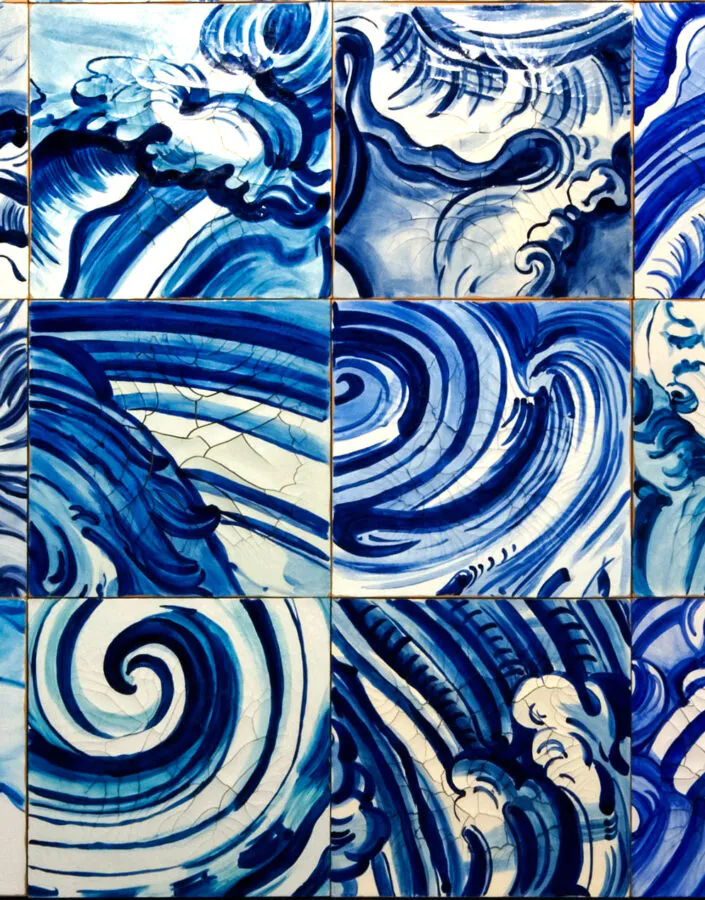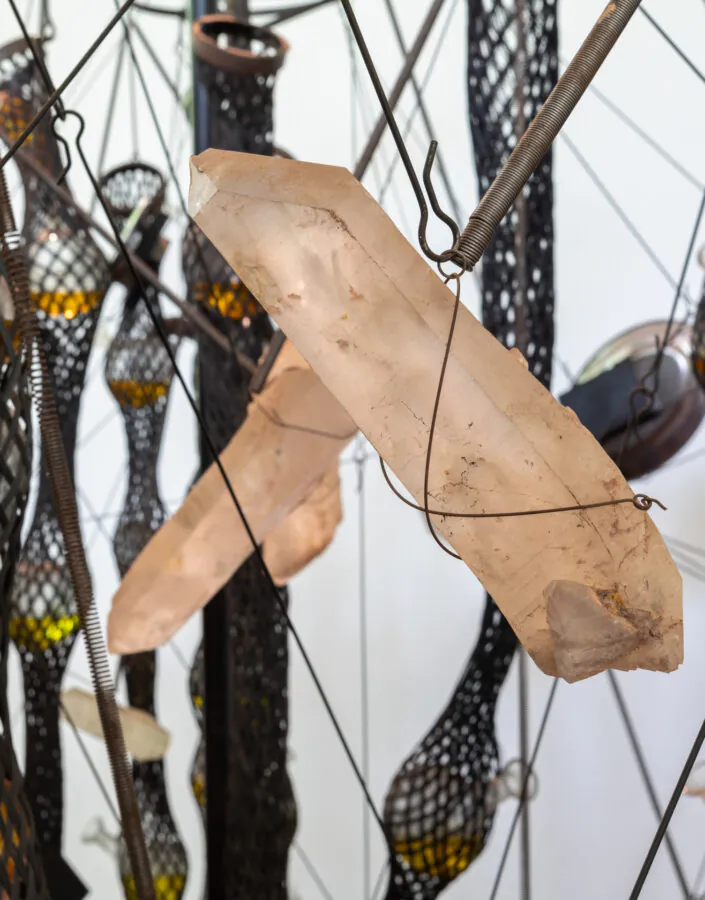

In Nociferatu Spectrum (1999), the white curtains set apart from the gaze the interference of the surroundings, without losing the brightness of the gallery. The large mirrored workbench is home to tens of blown glass pieces grouped in monochromatic sets. Concave and convex shapes, like bells, bowls, and glasses, appear to be more or less fragile according to their transparency or opacity. The big mirror duplicates the shapes, confusing the perception of what is real and what is reflection. It also shuffles the notions of inside and outside, above and below by reflecting the ceiling and the curtains.
The title is a reference to the imaginary figure of a vampire, the protagonist of the classic horror film Nosferatu (1922). In the plot, the character’s image does not reflect on the mirror, and he dies in contact with sunlight. In the work, the artist invokes these issues, creating a play of lights and mirrors.


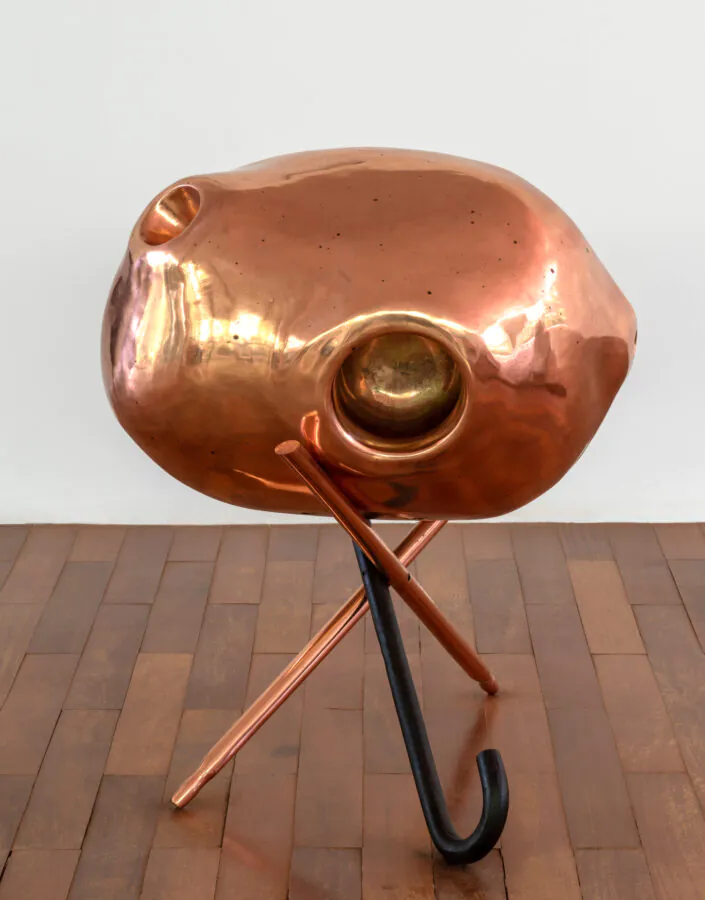
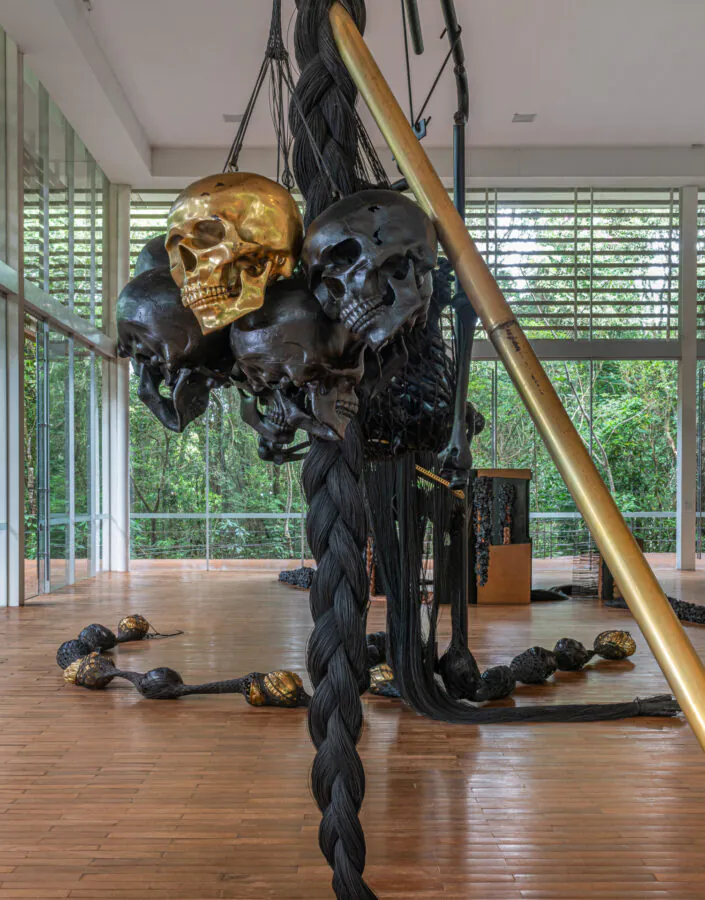
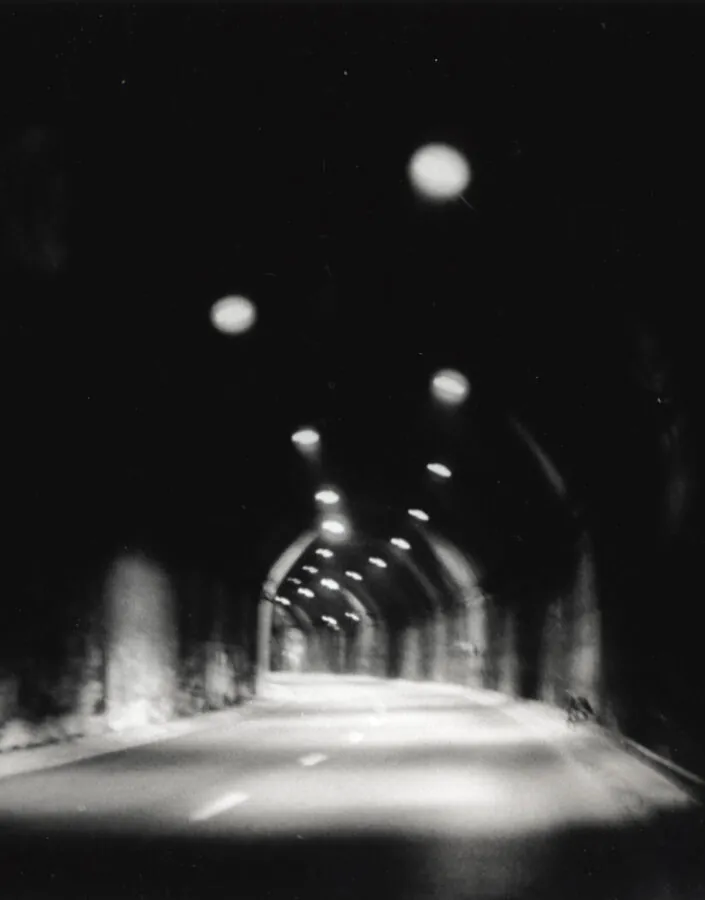
![Cildo Meireles, Através, 1983-89, [detalhe], materiais diversos, 600x1500x1500 cm. Foto: Pedro Motta](https://www.inhotim.org.br/wp-content/uploads/2021/04/inhotim_acervos_artista_cildo_meireles_atraves-705x900.jpg.webp)
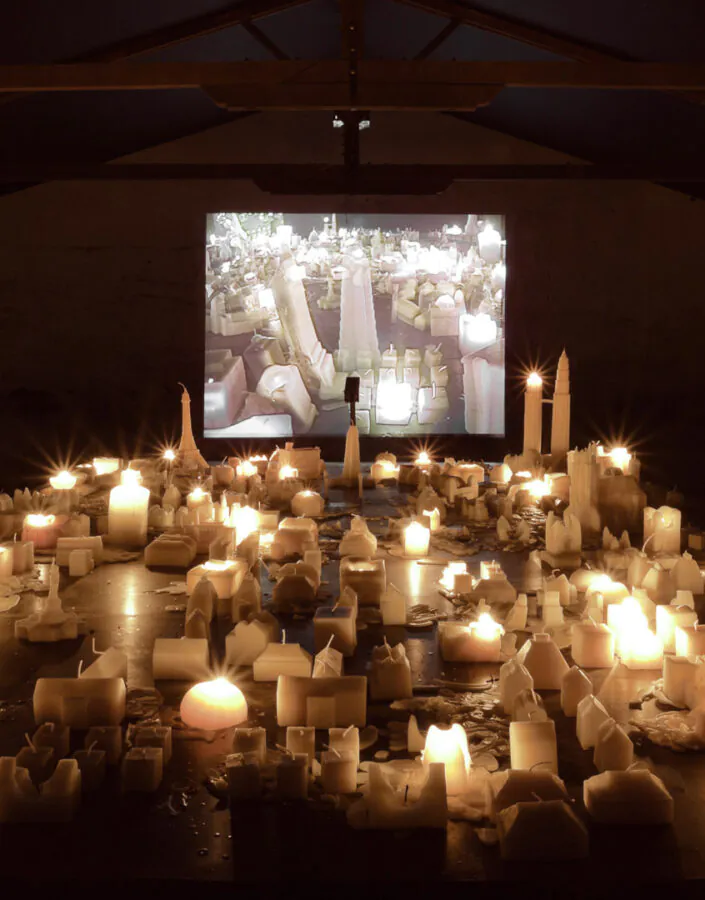
![Adriana Varejão, Carnívoras, 2008, [detalhe], óleo e gesso sobre tela, dimensões variáveis. Foto: Vicente de Mello](https://www.inhotim.org.br/wp-content/uploads/2021/05/20080409_Adriana_Varejao_Carnivoras_Vicente_de_Mello005-705x900.jpg.webp)
![Galeria Carrol Dunham, 2014, [vista interna]. Foto: Daniel Mansur](https://www.inhotim.org.br/wp-content/uploads/2021/04/inhotim_acervos_galeria_carroll_dunham-2-705x900.jpg.webp)
